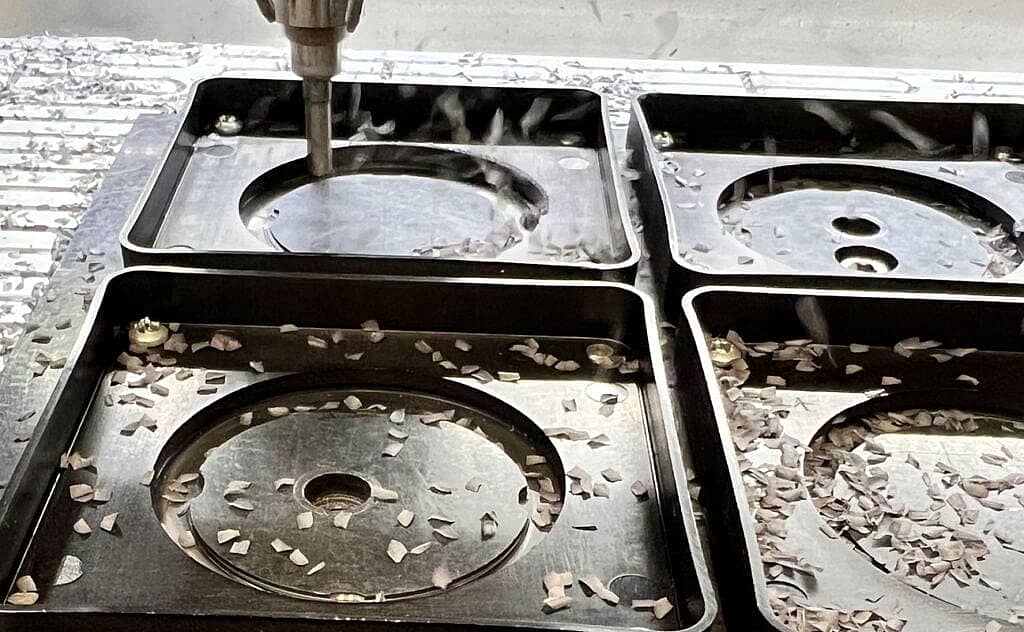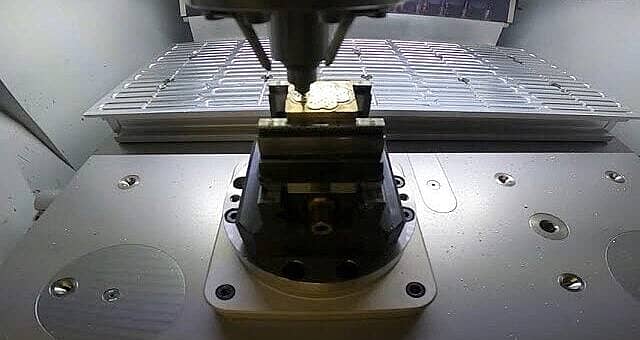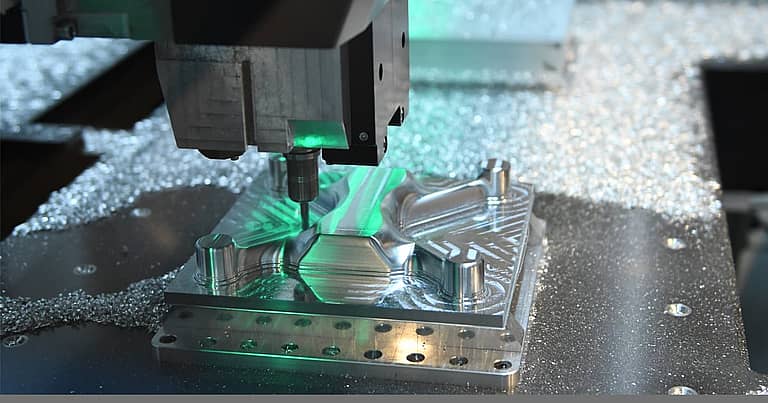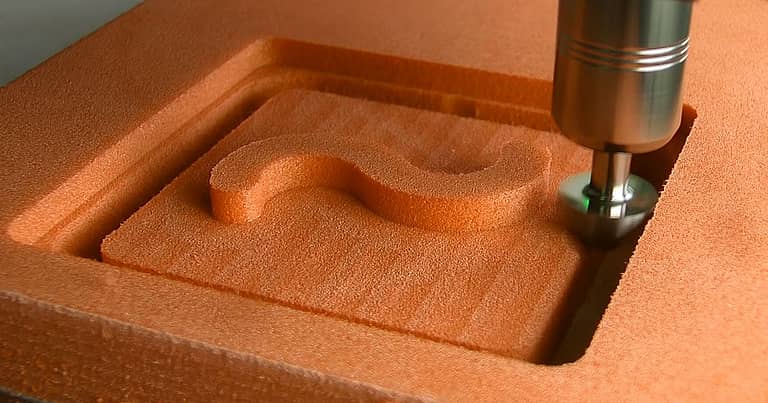
What if you didn’t know which machining tool could save you plenty of time and money?
When it comes to metal fabrication, milling machines are vital tools. However, you might be amazed at how many professionals use horizontal mills when they should be using vertical mills, and vice versa.
Understanding the pros and cons of horizontal milling vs. vertical milling can help you choose the process that is best for you. Ready to get started? Keep reading to discover the answers that might just save you plenty of time, money, and sweat!
What Is a Horizontal Mill?
A horizontal mill is designed with a spindle that runs parallel to the ground, allowing you to make precision cuts even when you don’t have a direct line of sight to the area you are cutting. And many machinists prefer how such mills use cutting heads that are thick and robust, making these mills ideal for certain projects.
Specifically, horizontal mills are great for cutting gears, grooves, and slots. They are also ideal for large materials and for when you need to cut multiple sides, as accessories such as a universal table make cutting different angles very easy.
What Is a Vertical Mill?
A vertical mill is designed with a vertical alignment for its rotary cutting head. The mill takes its name from the fact that the spindle can move freely along the Z-axis while the rest of the machine shifts along the X- and Y-axes.
Those who need a vertical mill must decide whether they want a turret machine (where the table can move both up and down and left and right) or a bed machine (where the table can only move horizontally). Either way, you’ll have a mill great for drilling cuts and plunge cuts, as well as projects that need a great deal of visual detail.
Read More: When to Use a Conventional Milling Strategy
Horizontal Mill Vs. Vertical Mill: Understanding the Pros and Cons of Each

As you can tell, it is sometimes difficult to choose between horizontal mill vs. vertical mill since each of these tools has a number of specialty uses. To help you make your decision, we decided to pit the horizontal milling machine vs. vertical milling machine to discover the unique pros and cons of each machine.
Pros of the Horizontal Milling Machine
One of the biggest advantages of horizontal milling machines is their speed. They have a quick turnaround time, even for large projects, and can make faster cuts than vertical mills without losing any of the detail or precision you need.
Horizontal mills also have a higher capacity than vertical mills, which is great for projects where you are working with many large and/or bulky pieces, giving you the deep cuts that such oversized pieces require.
Finally, horizontal mills simply last longer than vertical mills. It’s always good to know that your expensive precision tool will last a good, long time!
Cons of the Horizontal Milling Machine
We’ve already alluded to one of the biggest cons of horizontal milling machines: they are expensive. While they do last a long time, the high upfront cost of these mills is sometimes a turn-off for machinists.
The only other real drawback is that because these mills are rarer, it can sometimes be harder to track down the parts you need. Of course, when you order directly through DATRON, you never have to worry about the specialty parts you need being hard to find!
Learn How to Chamfer on a Milling Machine
Pros of the Vertical Milling Machine
Since we just pointed out how expensive horizontal mills can be, you’ve probably guessed that when it comes to the choice of horizontal vs. vertical milling machine, vertical machines are the cheaper option. This can be great when you have a tight budget for your next project.
Vertical mills are also easier to find and easier to use than horizontal mills. If this is your first time really using a mill, it can provide peace of mind that you won’t have any trouble tracking one down and getting started.
Finally, vertical mills require less floor space than horizontal mills. When you don’t have much floor space to spare, that makes them the most logical choice.
Cons of the Vertical Milling Machine
One con of vertical milling machines is that they have a slower output rate. If you have a large project or need to work in bulk, that slower rate could be a dealbreaker.
Additionally, vertical mills have a lower horsepower motor than horizontal mills. This can make it more difficult when you are working with certain pieces. This, along with the fact that vertical mills use smaller cutting tools, can add unexpected complexity to certain projects.
Read More: The Difference Between 3-Axis, 4-Axis, and 5-Axis Milling
Get Your Milling Project Started Today!
Now you know the pros and cons of horizontal milling machines vs. vertical milling machines. But do you know who can provide you with all the parts you need to start your next milling project?
Here at DATRON, we’re the milling experts, and we’re here to help everyone from complete novices to master machinists. Ready to get your milling project started? All you have to do is contact us today!







